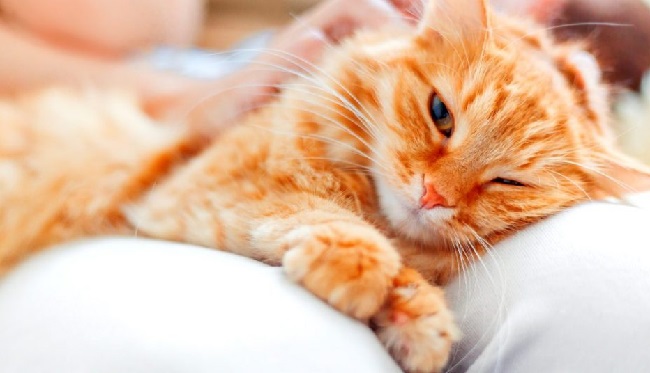Cats are known for their mysterious and independent nature. However, one of the most challenging and puzzling times for a cat owner can be when their female cat, or queen, goes into heat.
But don’t worry, in this article, we will guide you on “how to help a cat in heat”, providing comprehensive advice to ensure your feline friend stays comfortable and safe.

Understanding a Cat in Heat
Cats can go into heat or estrus as early as four months old. It is their body’s natural process, preparing for fertilization and pregnancy. The estrus cycle typically occurs in the warmer months when there’s more daylight, and can happen every two to three weeks.
Read Also:
During this period, your cat may exhibit behavioral changes like more affectionate behavior, increased vocalization (especially at night), excessive grooming of the genital area, and presenting a mating position. Knowing these signs will allow you to act quickly and provide the necessary comfort.
Creating a Comfortable Environment
As your cat is likely to feel restless and agitated during her heat cycle, creating a calm, quiet environment can be very beneficial.
Limit loud noises around the house, provide her with a comfortable resting place, and spend more time cuddling and stroking her if she seems to appreciate it.
Using Pheromone Therapy
Feline facial pheromones can induce a sense of calm and ease anxiety in cats. Synthetic pheromone diffusers or sprays may help soothe a cat in heat and are available in pet stores and online.
Distract with Play and Attention
Increased playtime can be a good distraction for a cat in heat. Use her favorite toys to distract her from her agitation and discomfort.
Consulting the Vet about Medications
While most strategies involve managing a cat’s symptoms during heat, some medications can temporarily suspend the estrus cycle.
However, these medications should be a last resort and are not recommended for long-term use due to potential side effects. Always consult your vet before giving any medication to your cat.
Consider Spaying Your Cat
Spaying is a surgical procedure that prevents female cats from going into heat and can prevent unwanted pregnancies. Besides helping control the pet population, spaying also has health benefits, including reducing the risk of certain infections and cancers.
Heat Cycle Duration and Frequency
Understanding the duration and frequency of a cat’s heat cycle can help you better manage the situation. A cat’s estrus phase can last up to seven days, and if she doesn’t mate, it can recur every two to three weeks.
This cycle can be influenced by various factors, including breed, age, health status, and environmental conditions like daylight exposure.
Nutritional Needs of a Cat in Heat
When a cat is in heat, her body is preparing for potential pregnancy, which can affect her appetite and nutritional needs. Although most cats will continue their normal eating habits, some may eat more due to increased energy expenditure.
Make sure she is getting a balanced diet, rich in essential vitamins, minerals, and protein. Hydration is also crucial during this time.
Importance of Regular Vet Check-ups
Regular vet visits are essential during your cat’s heat cycle. The vet can monitor her health, provide advice specific to your cat’s needs, and answer any queries you might have.
Furthermore, if you notice any unusual behavior or signs of distress in your cat beyond what’s typical for a heat cycle, a vet visit is warranted.
Handling Aggressive or Unusual Behavior
Some cats can become more aggressive or anxious during their heat cycle. They might start to mark their territory more frequently, which can involve urinating outside their litter box.
Use positive reinforcement techniques to discourage such behavior and consult your vet for further assistance.
Read Also:
Conclusion
A cat in heat can be an intense time for both the pet and the owner. However, with the right knowledge and strategies, you can help your cat navigate through this natural process with minimal stress.
Remember, every cat is unique, and what works for one might not work for another. It’s about patience, understanding, and seeking professional advice when necessary.
























